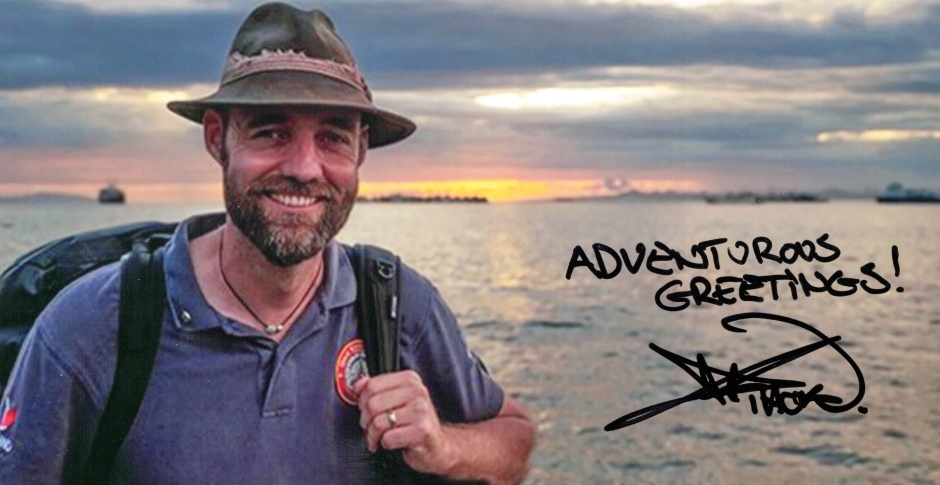Thor Pedersen: I wanted to promote low budget travelling and raise awareness about global unity
Written by Eva Csölleová, Vítek FormánekThor Pedersen hails from Denmark and did his national service as Royal guard. He visited every country in the World on shoestring budget and without using air transport. That was one of the reasons, why we asked him for interview and he duly obliged within a week.
Why did your family move from Denmark to Canada, USA and back to Denmark when you were a small kid?
My mother is from Finland and my father is from Denmark. I was their first born. My father was offered a position in Vancouver, Canada, within the company he was working for and brought all three of us there. Later on, he was offered a position in Toronto, and then in New Jersey in the USA. So, we moved about a little in my early years. We returned to Denmark when I was almost 7 years old. By then I had two siblings.
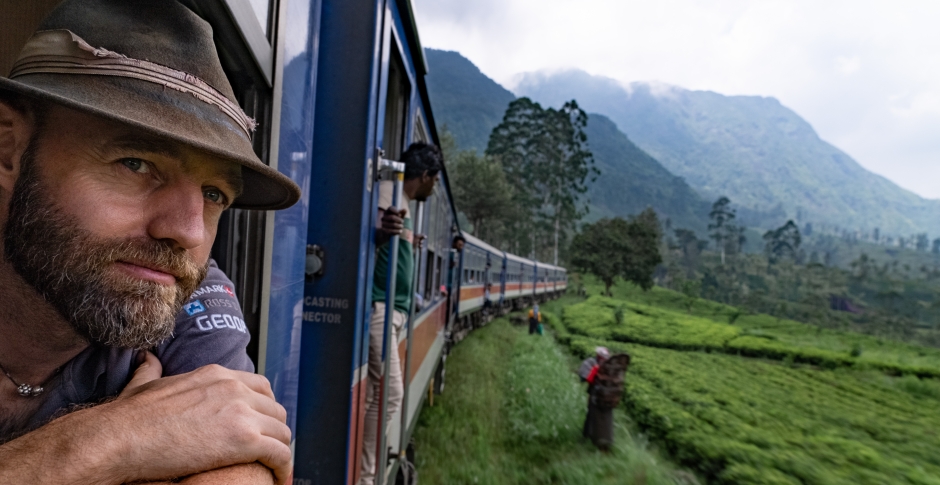
Is military service mandatory in Denmark and did you chose to be in Royal Guard or you were just allocated there?
The way you find out if you will be serving in the Danish military is based on which number you draw in a tombola. But before that you are must pass a physical examination by a doctor and an IQ test. If you are deemed fit for military service then you draw a number from the tombola. If the number is high then you are free to go home or you can volunteer. If the number is low then you get to pick your preferred military service (army, navy, air force) as well as the location. The military will try to accommodate you but offers no guarantees. I picked number 3.355 which is very low and chose the Royal Guard. My wish was granted.
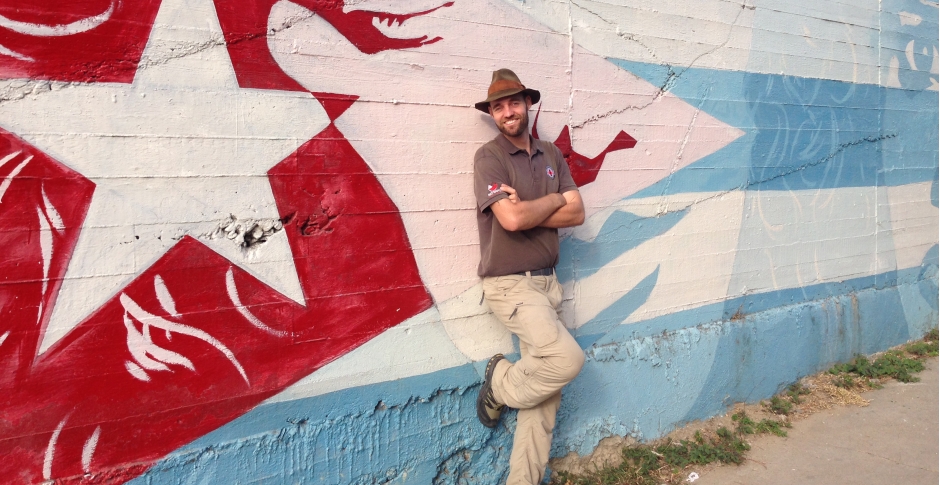
Did you opt for serving in UN units or you wanted to be a combat soldier and this was the way?
After serving 12 months in the military, I felt I wanted to use my newly found skills in some way. I could have followed a military career or in my case sign up for international duty. It came about on my final day at the Royal Guard when I was approached by a recruitment officer. A new military unit named SHIRBRIG was under development and it sounded interesting: Stand-by forces High Readiness Brigade. I signed a 3-year standard contract and underwent 3-month United Nations oriented training. Afterwards we received mission-oriented training.
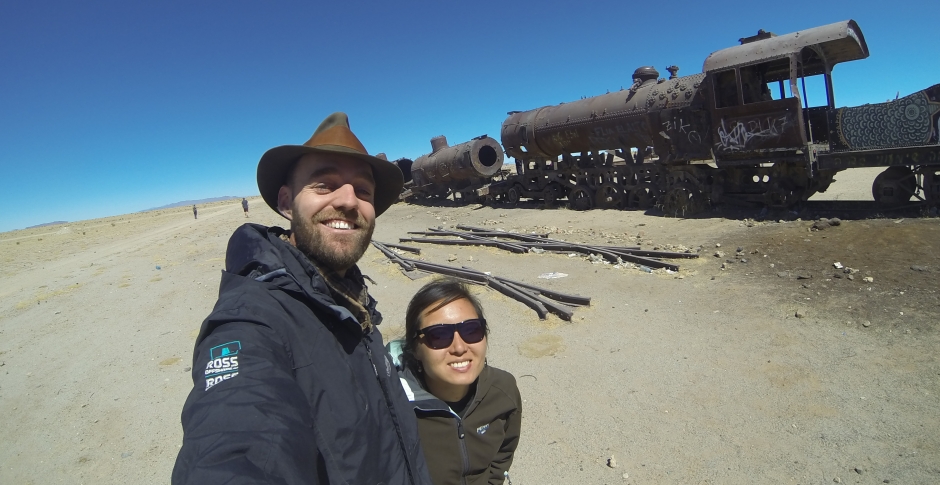
While being in army, you visited many countries like Kazachstan or Azerbajdzan. Was it there when the seed for travelling around the world was planted and did you count these countries to your Once Upon a Saga or you had to return there?
My military career brought me to Eritrea, Ethiopia and briefly to Djibouti. After the military I ventured into shipping and logistics. Through a 12 years career I worked in multiple countries such as Kazakhstan, Azerbaijan, Libya, Bangladesh, USA and much more. The experiences I gained from working within all of these countries made me curious about the world. When some friends and I created Once Upon a Saga, we decided that I had to visit every country starting from zero, which meant I had to revisit many countries.
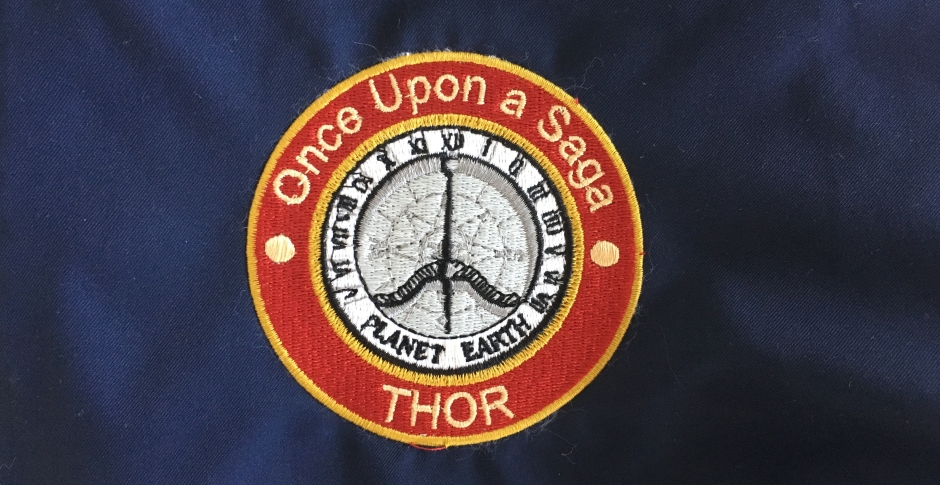
How did you accumulate the budget for travelling, or part of the project was that you had to earn money in the country to earn for ticket to another one?
The budget of USD 20/day came from 3 sources: sponsorship (Ross Energy), personal funds and from donations. During the project, I received payment for few articles I wrote and also ended up working at the Danish Seafarers Mission in Hong Kong during the pandemic, when the borders were closed.
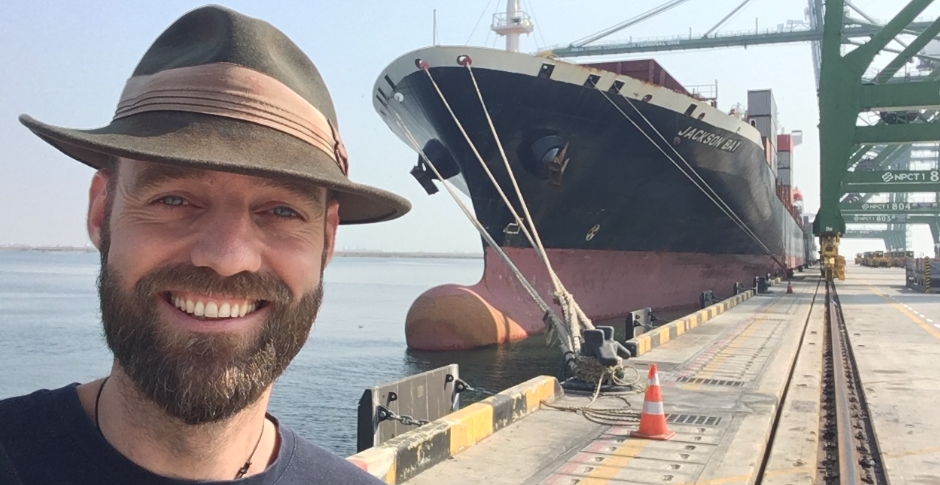
Did you chose to visit every country without airplane to differ from other travellers like Graham Hughes and be unique, one- off thing or it had some kind of Earth – friendly, side mission?
I have always been fascinated by adventure and when I discovered that nobody had reached every country completely without flying, I got intrigued. I wanted to attempt to become the first person in history to visit every country completely without flying. I also embarked on this unprecedented journey as a personal challenge and to raise awareness about global unity. More than 6,000 have reached the peak of Mt. Everest, more than 600 have been to space, but less than 500 have been to every country and I am now the only one who has managed completely without flying. We created history with this journey.
The entire journey ended up being 382,083 km, which is akin to 9.5 times around equator or 1 journey to the Moon
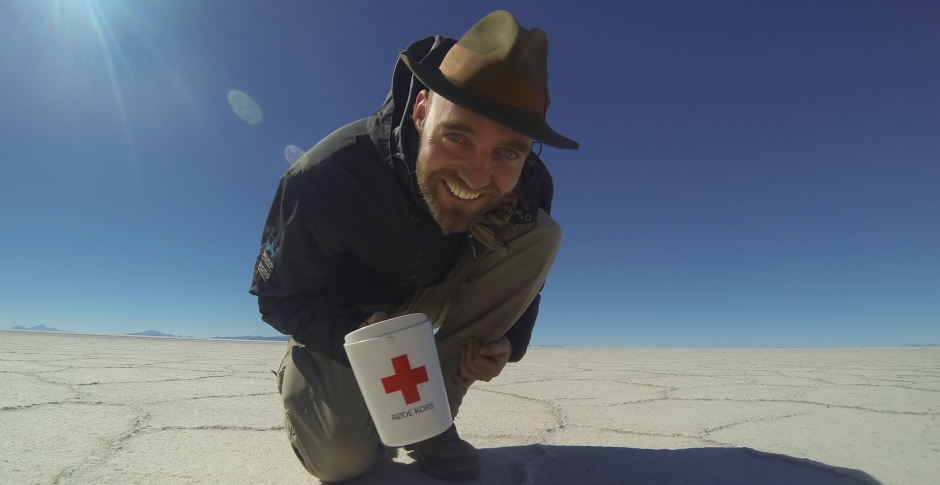
You were ambassador of Danish Red Cross. Was it from the word go or they have heard about you and contacted you during the travel and you agreed on some tasks you would do for them? Did you get any material or financial help from them?
In 2013, before leaving Denmark, I reached out to the Danish Red Cross and asked if they wanted to benefit from the project. The Danish Red Cross made me a goodwill ambassador and requested that I would write an “Always Present” story about each National Society (country with Red Cross or Red Crescent). The Danish Red Cross offered no funds, no logistical support, and no bureaucratical support. As a goodwill ambassador of the Danish Red Cross, I raised funds, awareness, donated blood, and became the first to visit the movement in 199 countries around the world.
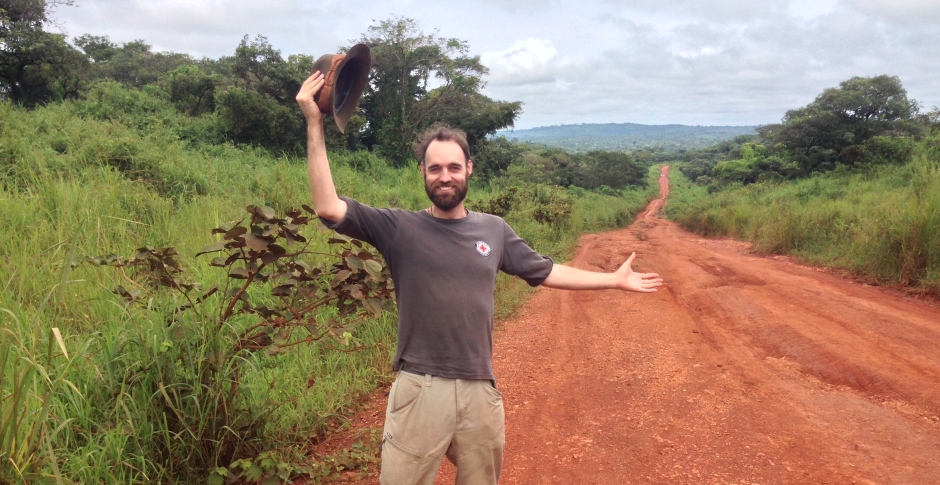
We read you promoted each country and got media coverage in each of 100 countries. How did you promote them, when staying there for one day?
Before I returned home in 2023, I had delivered interviews in more than 170 countries around the world. There has been a lot of interest in the undertaking. Before the pandemic my country average was 12 days so I often got a very good insight into each country. The more experience I gained the better I got to understand countries and people very fast. I would look for the good or the positive in each country and share it across social media.
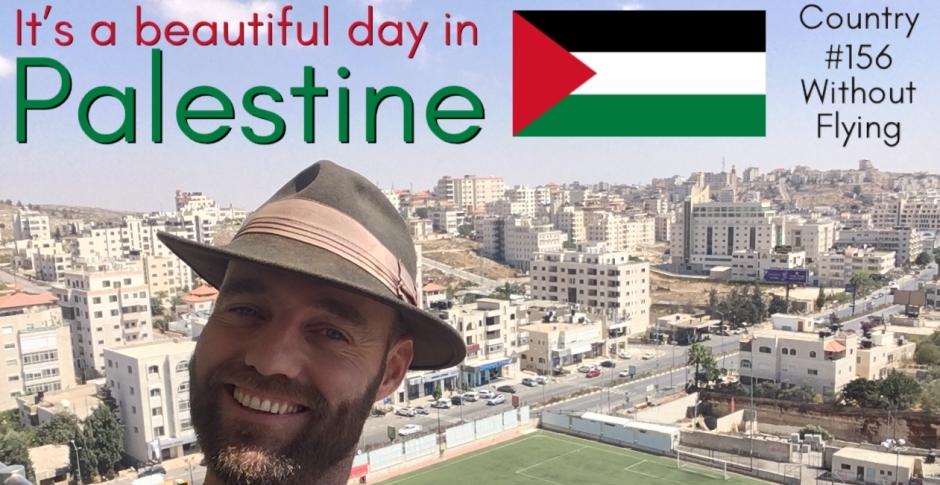
Did you share your views on the internet so people followed you and you earned money that way, too?
I shared videos, pictures and wrote a weekly blog during the project. However, I never aimed to earn any money from that. The project had Facebook, Instagram, YouTube, Twitter (now X) and the website www.onceuponasaga.dk

You had rules of staying at least 24 hours a day in the country on budget of 20 USD per day. So you didn´t visit the capitol of each country, maybe just the small village closest to the border of previous country to save the cost?
There were 3 cardinal rules: no flight, minimum 24 hours, and no return home until the end. In addition, I aimed at keeping a USD 20/day budget and not paying any bribes. With only a few exceptions, I visited the capitol in every country, as that is where the embassies are usually based, as well as Red Cross headquarters, main train stations, main bus terminals etc.
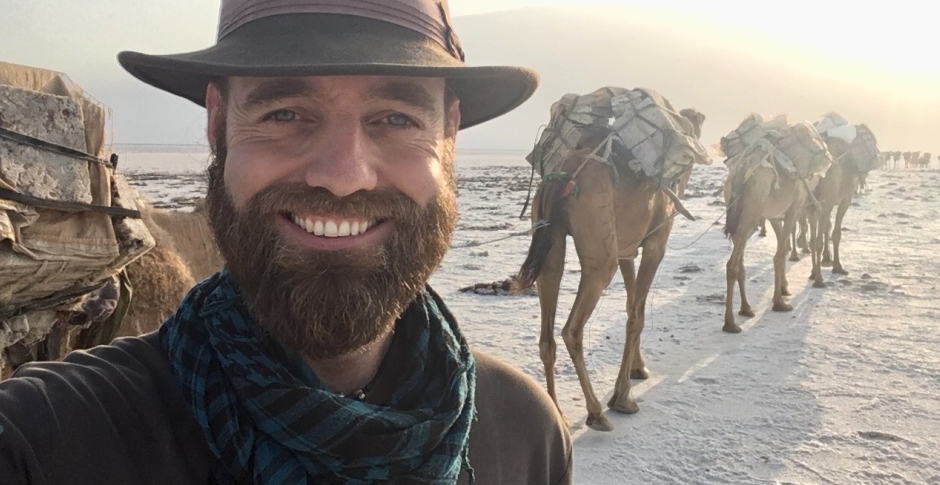
Did you plan it from A-Z at the very beginning or you changed the route according to occasional possibilities (say if ship would go somewhere to island you would have problems to get) and used “horses for courses” attitude?
I planned out the exact order of the countries before leaving home. I have however deviated about 10% from that. Primarily because of how ships connect the islands within the Pacific Ocean and eventually based on opportunity when the pandemic closed country borders.
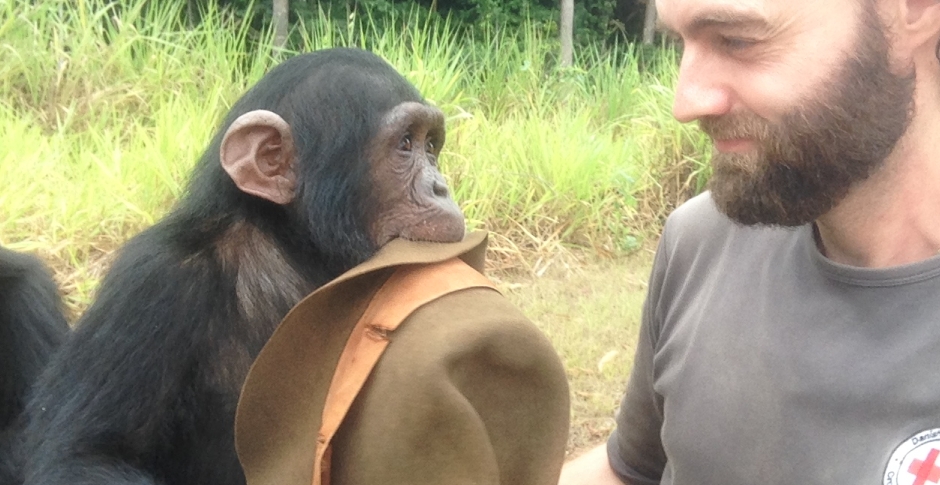
Would you board the ship of pirates if it took you from A to B or you had rules, that e.g. you would pay for the ticket, work as deck painter or cleaner to cover the cost, row on borrowed boat if necessary but never smuggle or be a “black passenger”?
It’s a fun question. I suspect I would join any vessel that would get me to where I needed to go.
There were 3 cardinal rules: no flight, minimum 24 hours in each country, and no return home until the end
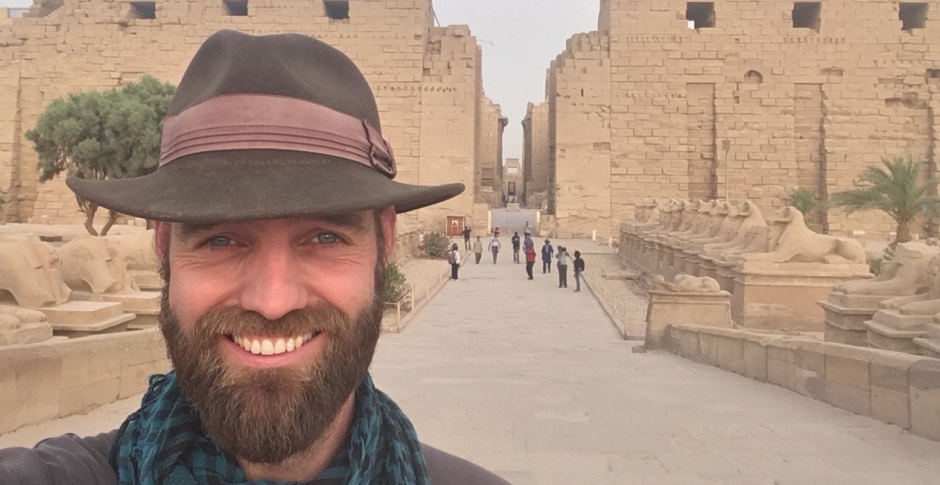
How did it work, you came to the port and was asking captains of various vessels if they would take you on board? Were you always welcomed or you had a rough time?
I had a rough time getting onboard container ships. It is not possible to walk inside international ports, locate a ship, walk onboard and speak with the captain. International ports have ISPS (International Ship and Port Security). And even if you could speak to the captain then the captain would never make such a decision. The only way is through the shipping company and they are likely to say no as there is no benefit for them in taking a passenger. In the end, it is all about offering incentive. It is very hard to offer a shipping company incentive to take a passenger.
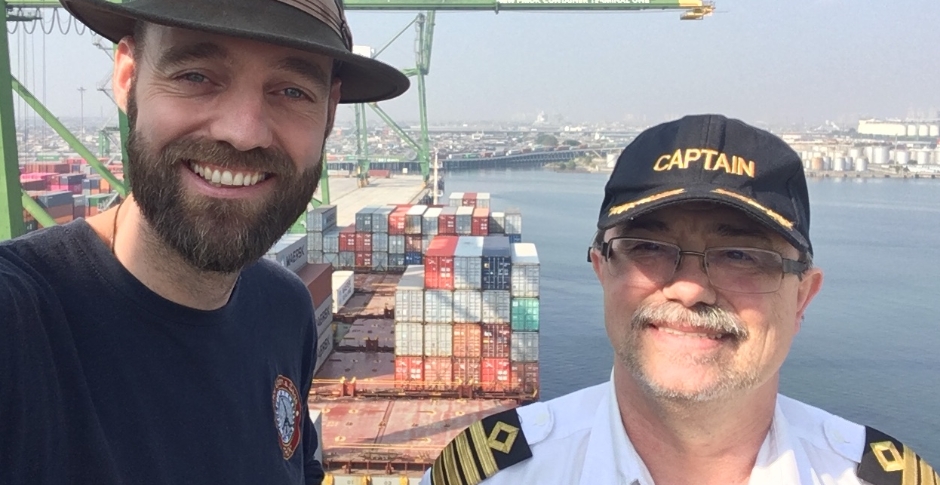
Where have you been in Czech Republic?
I visited Prag in Czechoslovakia when I was a child. Within the project, I entered Czech Republic from Slovakia and visited Brno before continuing to Poland.
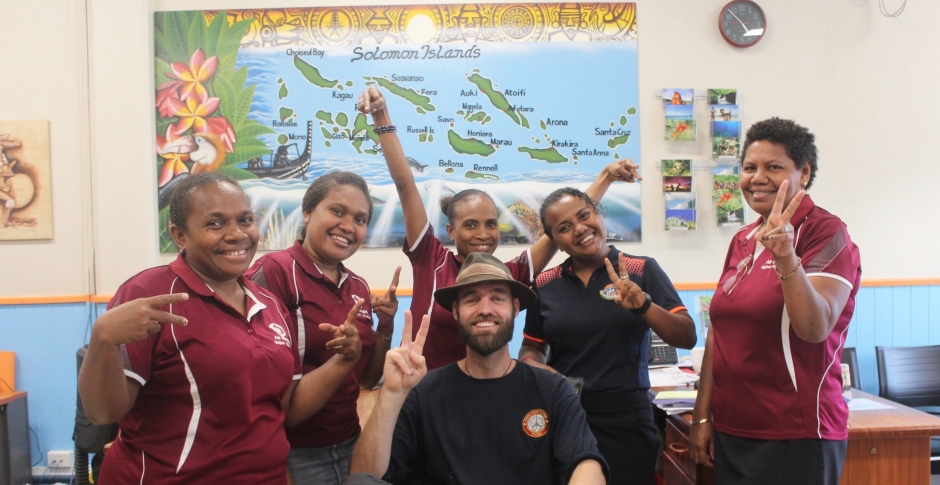
You left family, job and girlfriend at home and after 9 years returned with wife. Was it different one and did you get any job or you got offers based on your travel?
In 2013 I was self-employed and worked on logistical projects. As I decided to embark on the journey to every country without flying, I stopped accepting new logistics assignments. My girlfriend and I chose to stay together in a long-distance relationship and got engaged when she visited me for the 10th time. In total, she visited me 27 times and we got married twice before I returned home after 9 years, 9 months and 16 days (3,576 days).
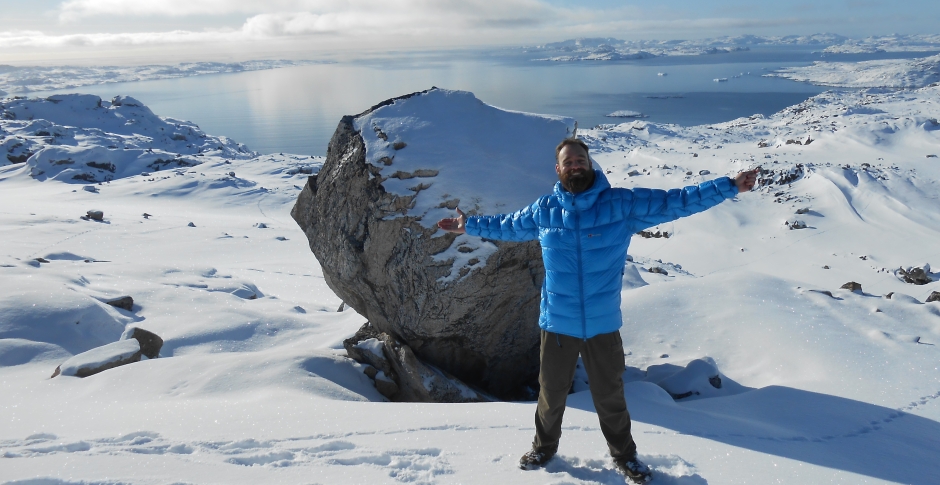
Did you kind of promote low cost travelling and have many followers now? Did you count how many kilometres did you cover?
The budget of USD 20/day held up over the entire journey and ended up promoting low budget travel. Today I have more than 250,000 followers across various social media platforms. The entire journey ended up being 382,083 km, which is akin to 9.5 times around equator or 1 journey to the moon.
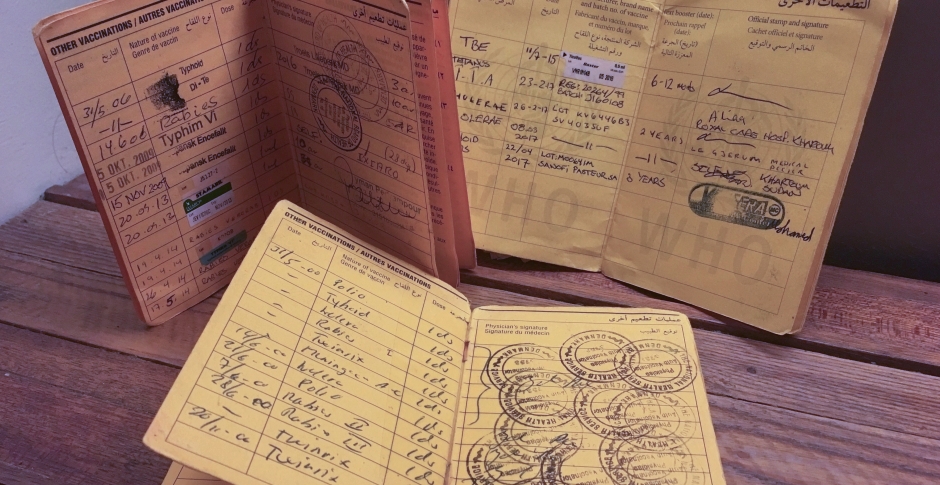
When you were stuck in Hong Kong for 3 years during Covid, what did you actually do there?
I was stuck in Hong Kong for 2 years. Initially I networked a lot and explored ways to continue the journey. I also exercised and used the unplanned “break” to take good care of myself in preparation of the final 9 countries. I made friends and spent time with them. When it became clear I was going to be in Hong Kong for much more than a few months media took interest and I did many interviews. I began collaborations and worked together with Hong Kong Tourism Board. I challenged myself harder and harder on nature trails and did very long hikes and trail running. After 11 months I was hired to work at the Danish Seafarers Mission and provided container ships and seafarers with service. Throughout it all I updated social media, created online content, and worked on my “escape” from Hong Kong. After nearly 2 years I manged to join a ship and enter Palau.
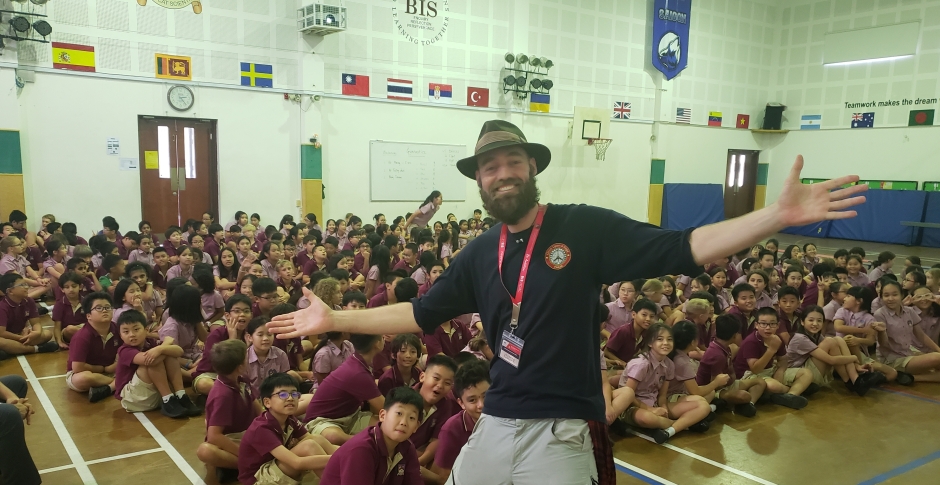
What next?
I’m currently on a speaking tour across Denmark and plan to continue sharing my story with people nationally and internationally. My publisher and I are planning to have a book ready in early 2025 and Mike Douglas, an award winning documentarist from Canada, is finishing the documentary, which will likely be ready this year. My wife and I are building our nest and I am planning future projects such as running a marathon in North Korea, kayaking around Denmark, and traveling to more new places. “Life is either daring adventure or nothing”
Thank you very much.
Photos, thanx: Thor Pedersen


